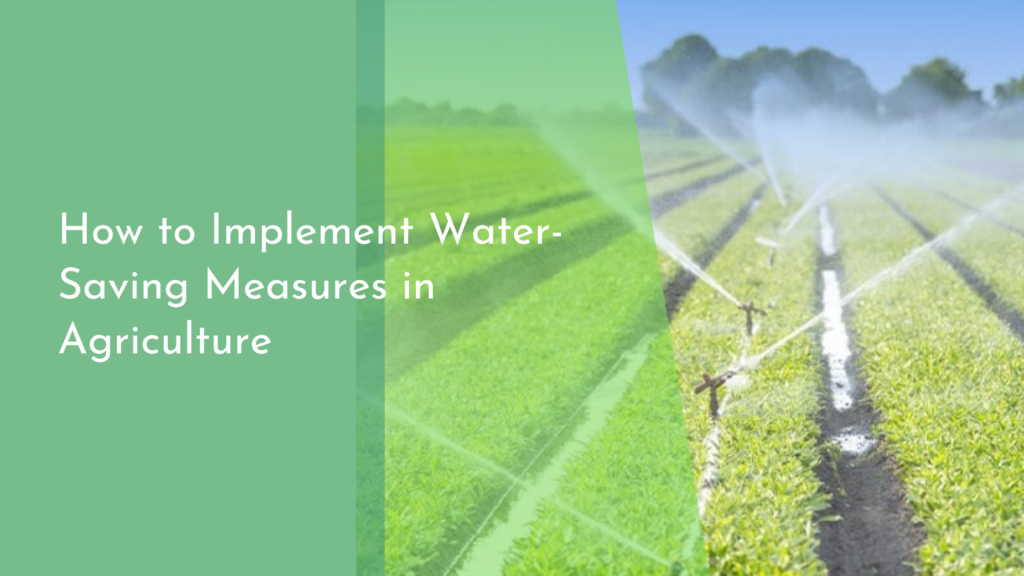Innovative Solutions to Adapt to Sea Level Rise
Sea level rise is one of the most pressing environmental challenges of our time, with implications that span ecological, economic, and social domains. As global temperatures continue to rise, polar ice caps melt, and oceans expand, coastal areas face increasing risks of flooding and erosion. However, amidst these challenges lie opportunities for innovation and adaptation. By harnessing technology, community action, and forward-thinking strategies, we can not only mitigate the effects of sea level rise but also build resilient, thriving societies. This article explores some of the groundbreaking solutions that are being implemented around the world to address this issue.
Understanding the Impact of Sea Level Rise
Sea level rise is largely driven by two major factors: the melting of ice sheets and glaciers, and the thermal expansion of seawater as it warms. These processes contribute to the gradual increase in sea levels, which poses severe threats to low-lying coastal regions. Over the past century, sea levels have risen by approximately 8 inches (20 centimeters), and this trend is expected to accelerate in the coming decades. The consequences include more frequent and severe coastal flooding, loss of habitat for marine and coastal species, and increased salinity intrusion into freshwater resources, affecting both ecosystems and human communities.
Beyond environmental impacts, sea level rise has significant socio-economic implications. Coastal cities, often bustling hubs of economic activity, are particularly vulnerable to rising waters. Infrastructure like roads, bridges, and public utilities face increased risk of damage, leading to costly repairs and disruptions. Moreover, communities that rely on coastal resources for livelihoods, such as fishing and tourism, are at risk of losing their economic foundation. Understanding these impacts is crucial for developing effective adaptation strategies that not only protect vulnerable areas but also leverage opportunities for sustainable development.
Cutting-Edge Technologies and Strategies
One of the most promising technological solutions to combat sea level rise is the implementation of smart infrastructure. This includes the construction of adaptive seawalls and levees that can be raised or modified in response to rising waters. These structures are designed with innovative materials and engineering techniques that enhance durability and flexibility, providing long-term protection for coastal communities. Additionally, natural-based solutions, such as the restoration of mangroves and salt marshes, are gaining traction. These ecosystems act as natural barriers that absorb wave energy and reduce erosion while promoting biodiversity.
Advanced modeling and forecasting technologies are also playing a pivotal role in sea level rise adaptation. By utilizing satellite data and machine learning algorithms, scientists and policymakers can predict future sea level scenarios with greater accuracy. This information is invaluable for urban planners and decision-makers who need to prioritize resources and design adaptive strategies. For example, early warning systems, coupled with real-time data, ensure that communities are better prepared for extreme weather events, minimizing the impact on lives and infrastructure.
Community-Based Adaptation Initiatives
Community involvement is crucial in addressing the challenges posed by sea level rise. Local adaptation plans that engage residents in the planning and implementation process can lead to more effective and equitable outcomes. One successful example is the establishment of community-driven coastal resilience programs. These initiatives empower local residents to assess risks, identify priorities, and develop action plans tailored to their unique environmental and socio-economic contexts. By incorporating traditional knowledge and practices with modern science, communities can create sustainable solutions that reflect their values and needs.
Education and awareness campaigns are also essential components of community-based adaptation. By fostering a sense of shared responsibility and stewardship, these programs can inspire collective action towards mitigating sea level rise impacts. Workshops, public forums, and school programs are effective ways to disseminate information and engage diverse groups. Involving young people in these initiatives not only raises awareness but also empowers the next generation of leaders to continue advocating for sustainable practices and resilience building.
Building a Resilient and Thriving Future
Creating a resilient future in the face of sea level rise requires a holistic approach that integrates technological, environmental, and social perspectives. Governments, businesses, and civil society must collaborate to develop policies that promote sustainable urban development and infrastructure investment. Incentives for green building practices, such as the use of permeable materials and rainwater harvesting systems, can help reduce urban flooding and enhance water management. Moreover, fostering innovation through research and development can lead to new solutions and adaptations that address emerging challenges.
International cooperation is also vital in addressing the global challenge of sea level rise. Sharing knowledge, resources, and best practices across borders can strengthen resilience efforts worldwide. Collaborative research initiatives and funding mechanisms can support vulnerable countries in implementing adaptation measures and enhancing their capacity to respond to climate change impacts. By working together, we can build a future where coastal communities not only survive but thrive in the face of rising seas.
While the challenges of sea level rise are formidable, they also present opportunities for innovation and transformation. By embracing cutting-edge technologies, fostering community engagement, and building international partnerships, we can adapt to changing conditions and create resilient, sustainable coastal regions. The path forward requires bold actions and collective efforts, but with determination and creativity, we can overcome the challenges posed by sea level rise and ensure a prosperous future for generations to come.

